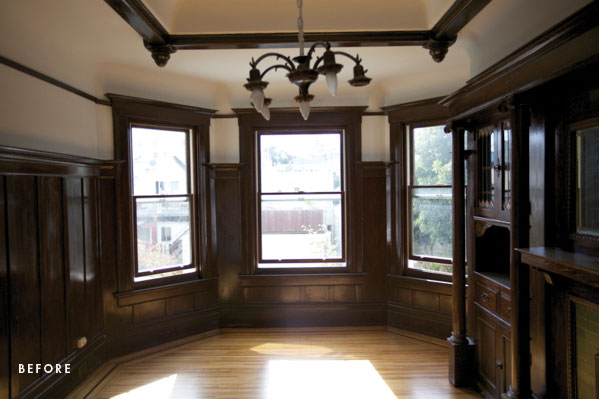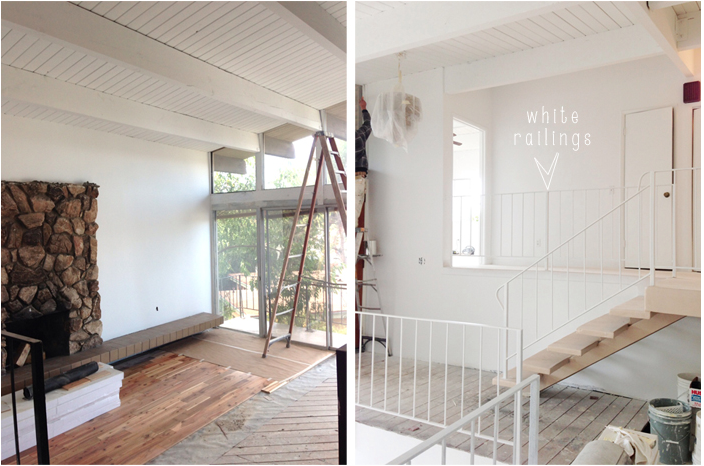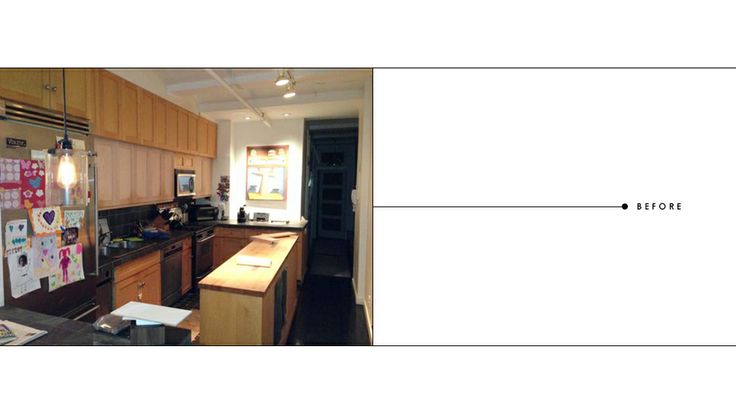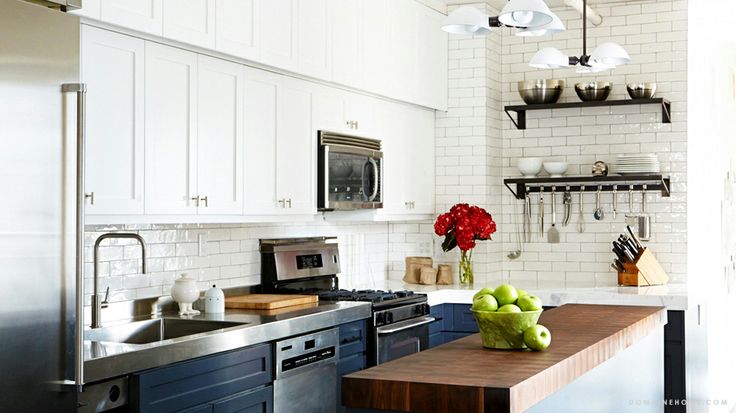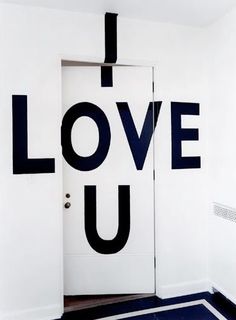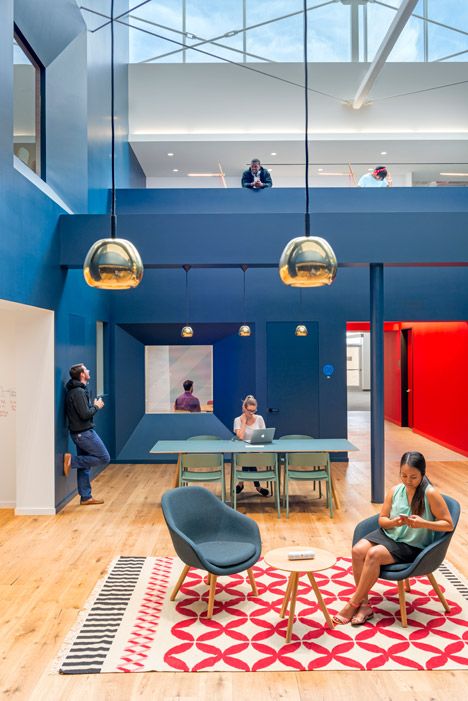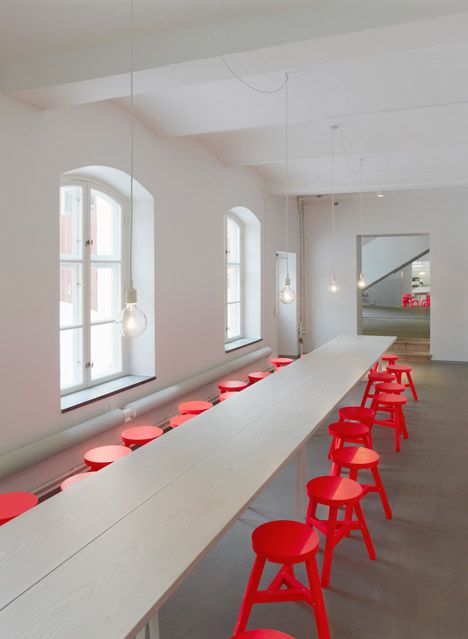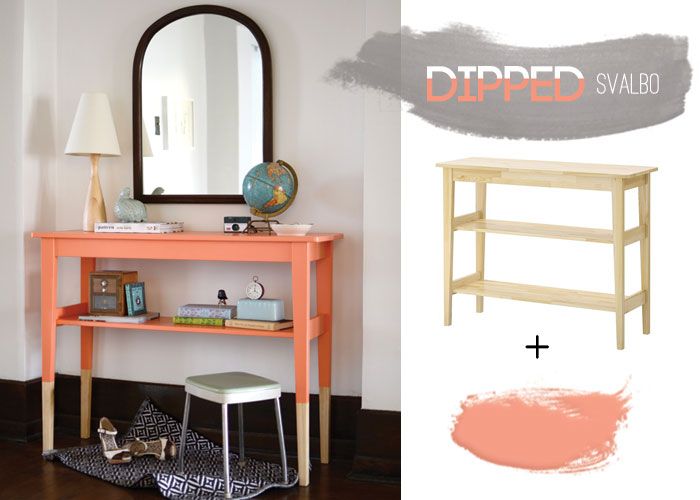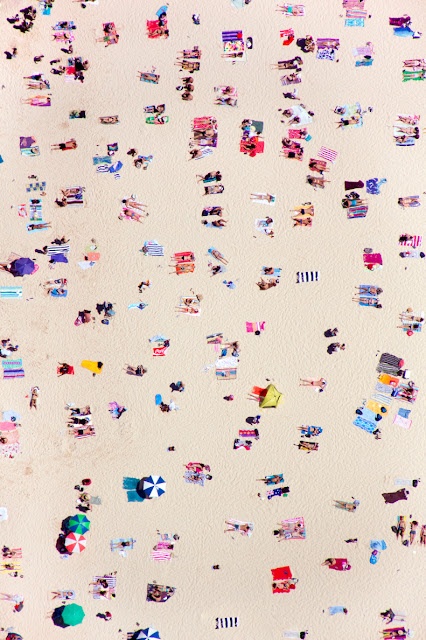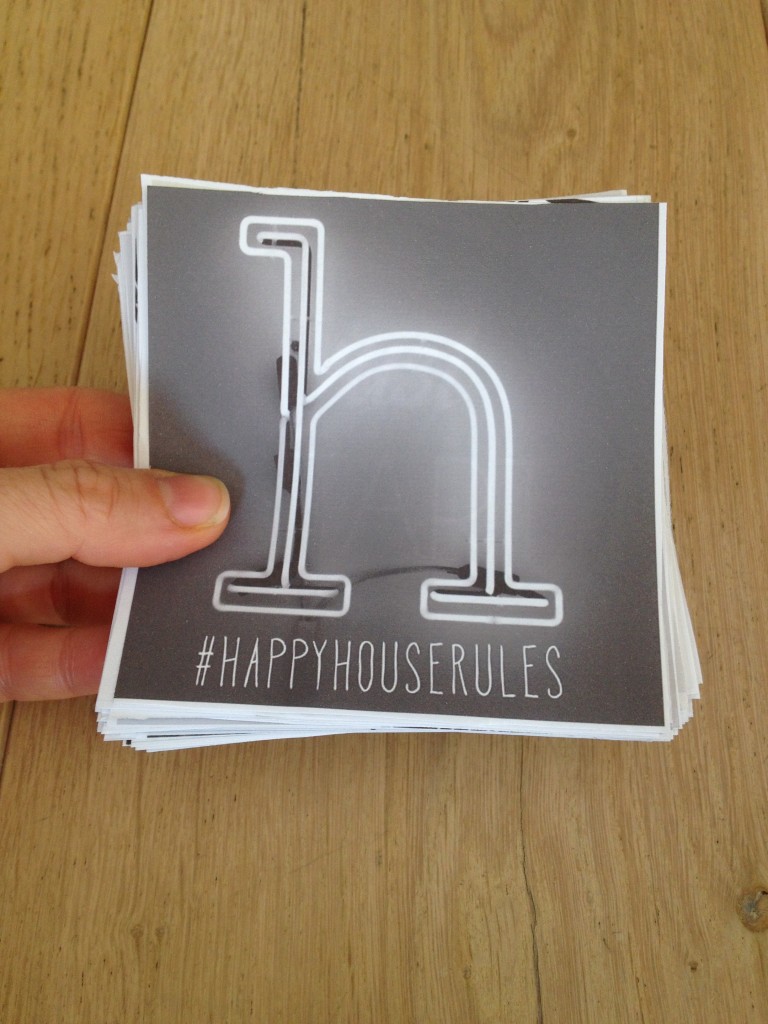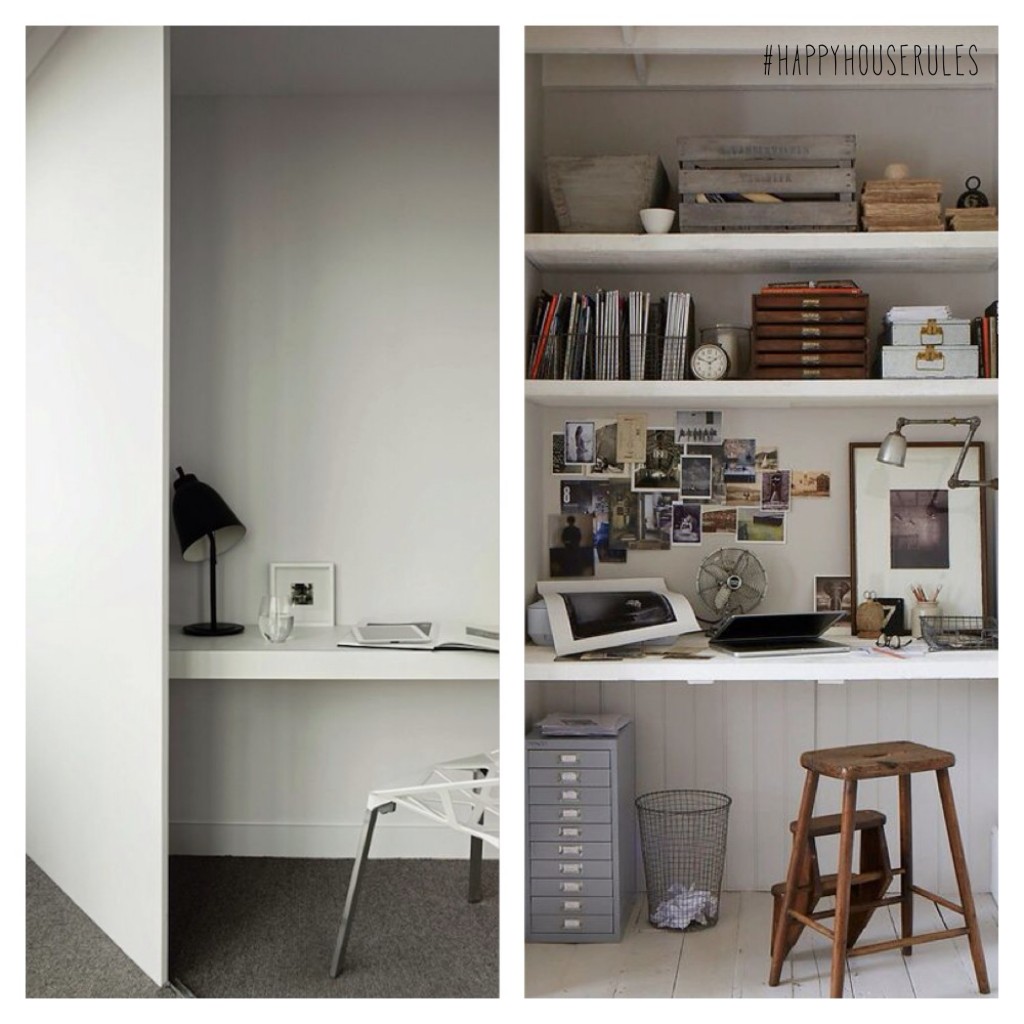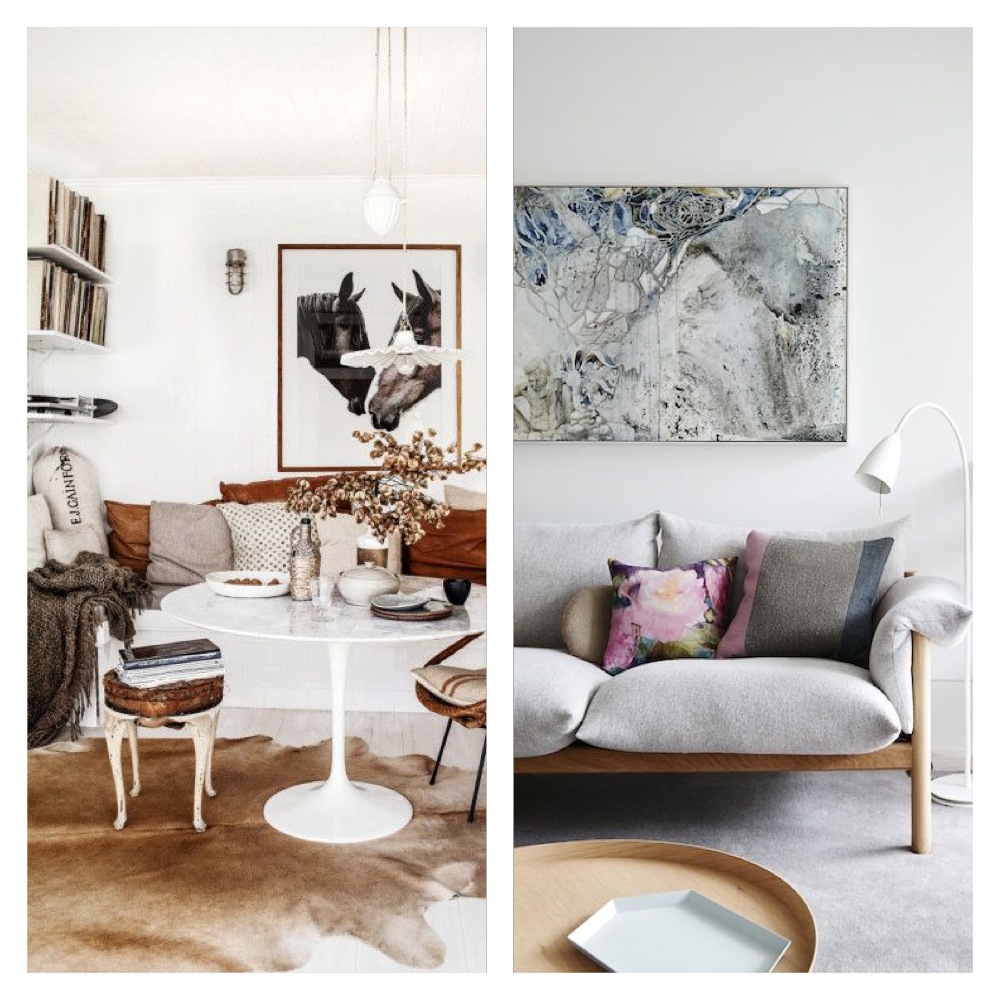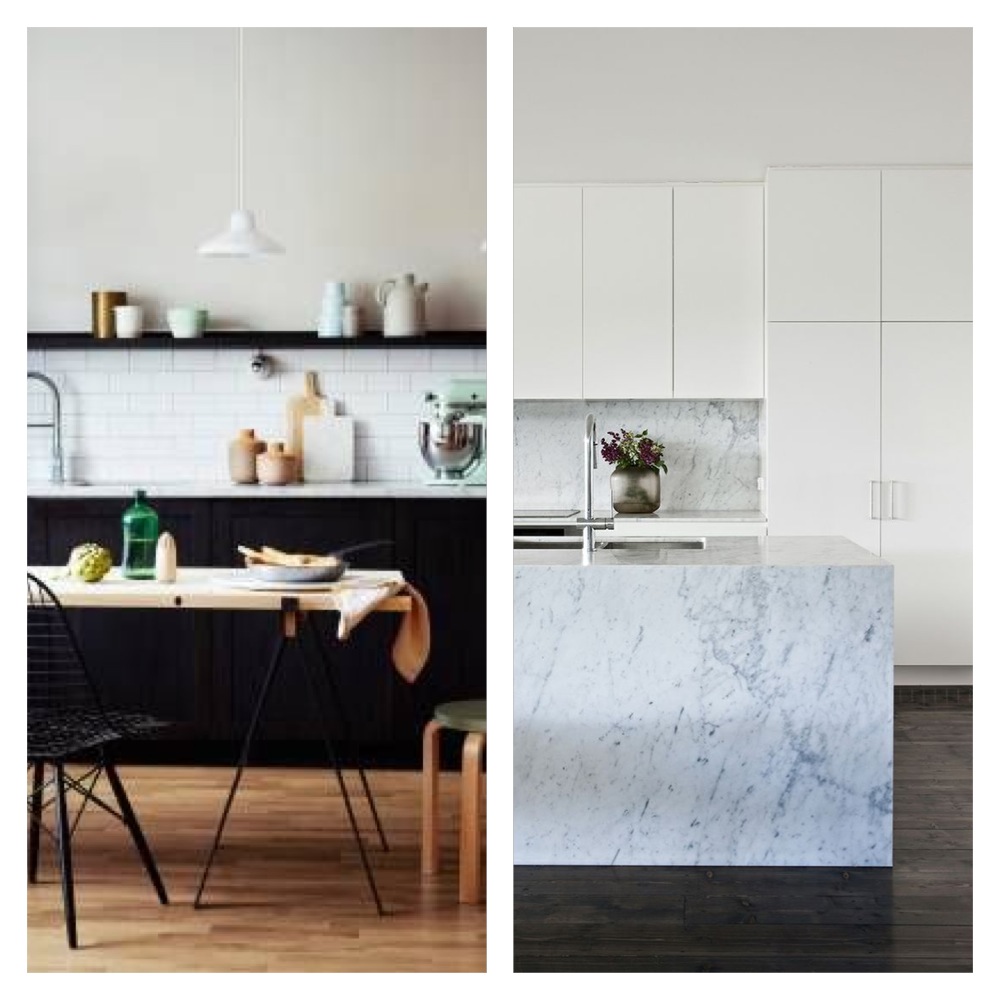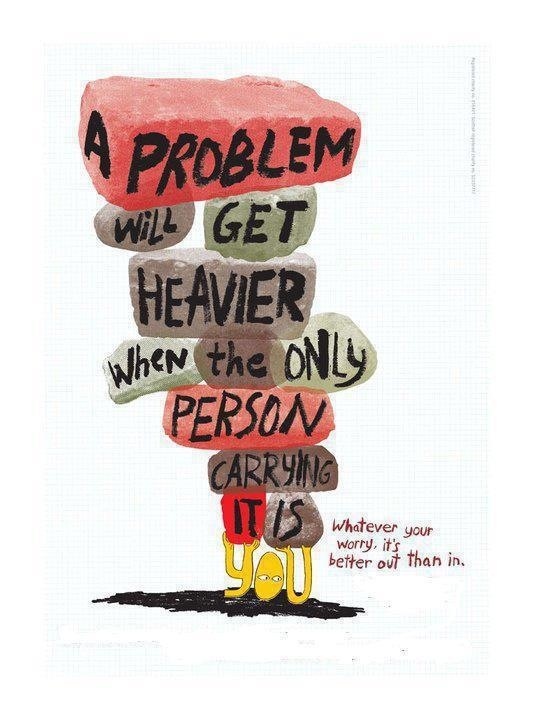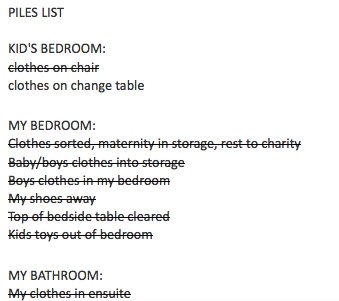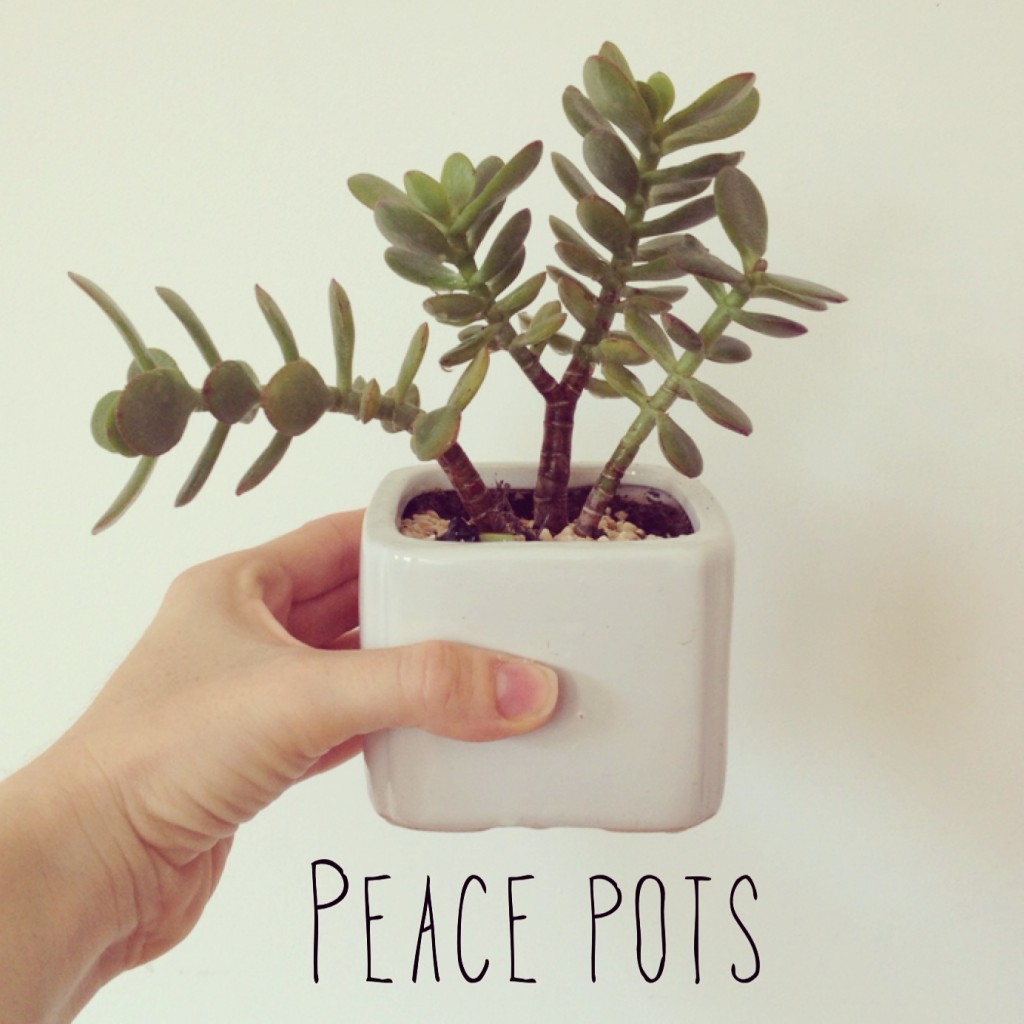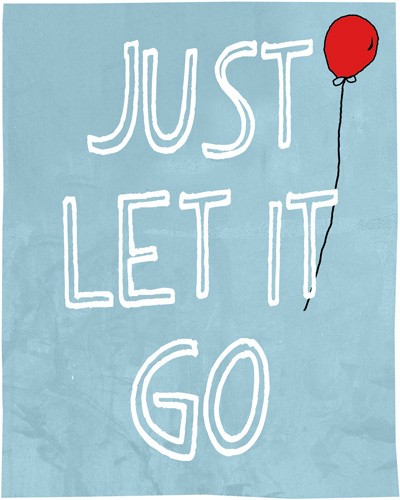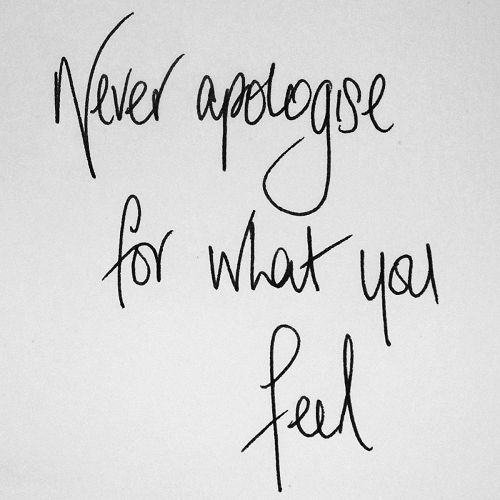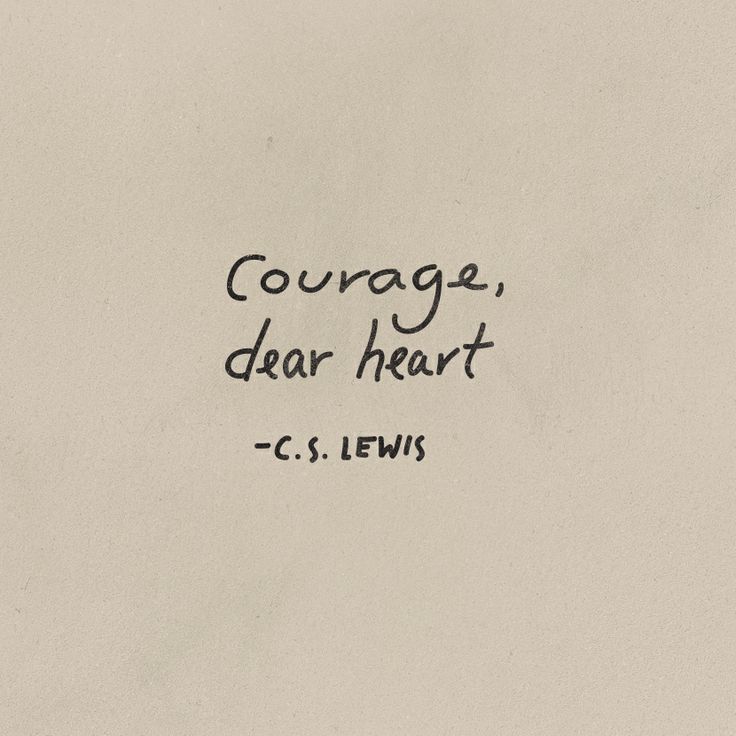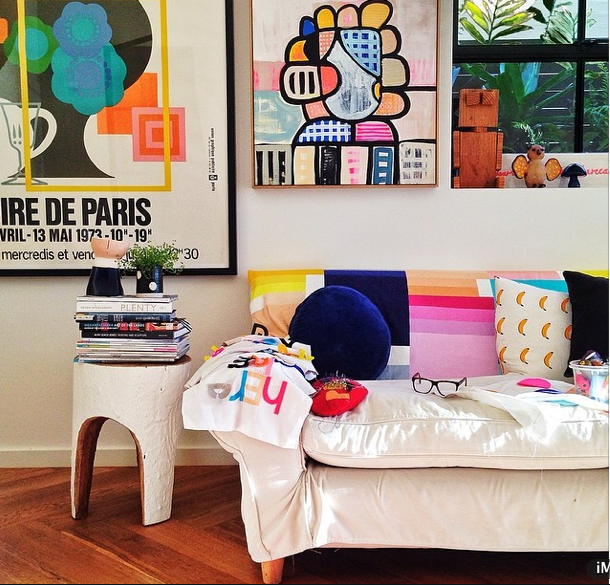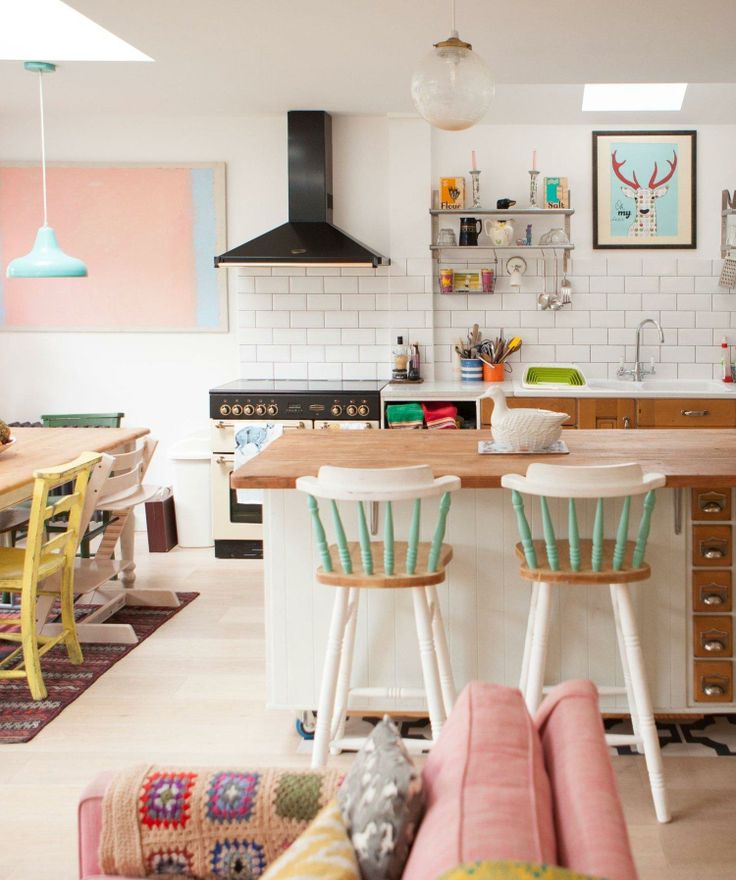Few things have the power to transform a room instantly. Rugs are one, as is flooring. Art is another. Accessories like throws, covers and pillows, fixtures like a tap or a shower also work. But in my mind a lick of paint trumps them all.
– Nat, ApartmentDiet.com
Some of our clients live in rentals. Other have limited budgets. Other times the budget is endless but either way, if I’m asked for where they should spend money I’ll often say – paint!
For instance, the above image is Tip’s bathtub. It was that salmon colour when she bought the house. What did she do? Painted it one afternoon with some leftover paint…and volia, it looks awesome!
Here are some examples of the power paint. It can:
- Change the mood of a room – lighter/brighter/moodier/cosier/warmer/cooler
- Increase the light and spaciousness of a room
- Freshen up and rejuvenate a room
- Transform/revamp an ugly or simple piece of furniture
- Transform an ugly kitchen – just paint the cabinets
- Change how an old light fixture looks
- Freshen up a room
- Give an old bench and stool a new lease of life
- Allow us to be bold (it’s only paint after all…you can always repaint it)
- Totally change the space you are seeing so it looks totally new … the list goes on
For DIY: A tip, don’t buy the cheapest paint, buy a good quality paint and you’ll have to use less and get a better finish. You can also use spray paint for a lot of jobs!
If it’s IKEA or formica or old painted wood consider sanding it down and bit using a primer first – and don’t forget the internet, just search for ‘how to paint a…’.
Moreover, the beauty of paint is that it’s pretty cheap (but please please please don’t buy the cheapest) and it’s within the capabilities of most of us – even me )and you should know my version of DIY is buy the box and buy the wheels and get the Mr. to attach the wheels…or skip the DIY altogether). And even I can paint.
Of course, we also think it’s a great investment to hire a professional painters, especially for big jobs like painting the ceilings, the whole house and so forth.
Whatever your style – DIY or hire someone, paint is definitely something to consider!
Still not sure? Scroll down and you’ll find a series of befores and afters and DIY paint jobs to get you inspired and thinking HAND ME A BRUSH or LET’S HIRE A PAINTER STAT! And of course if you’re stuck, need clarity on where to start and prioritise those decisions, schedule a session with us anytime (just click on the “You’re ready” calendar link below).
OhHappyDay’s Dining Room Revamp:
Before:
After:
Emily Henderson’s living room – painted ceilings and railings:
Before:
Anna Dorfman’s Whole House but let’s feature the radiators here because it’s something really simple and all you need is $28 of spray paint:
Before:
After:
Convinced?
Off you go or give us a call…and if you want even more inspiration, check out our pinterest boards especially those on colour, the dark side and DIY home.
Related blogposts: Have fun with colour and Make Mistakes

